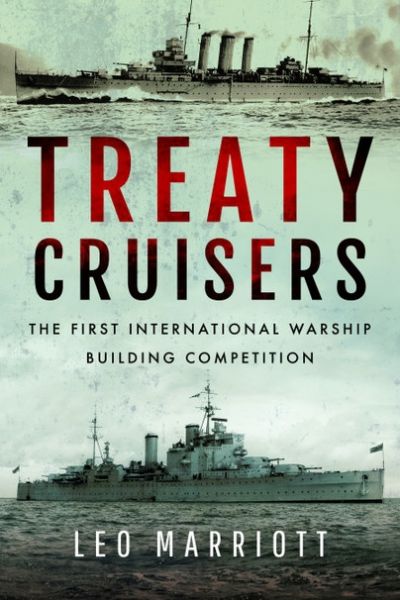The Washington Naval Treaty of 1921 and subsequent treaties in the 1930s effectively established the size and composition of the various navies in World War II. In particular they laid down design parameters and tonnage limitations for each class of warship including battleships, aircraft carriers, cruisers and destroyers. With one or two exceptions, battleship construction was deferred until the mid 1930s but virtually all navies embraced the concept of the 8in gun-armed 10,000 ton heavy cruiser and laid down new vessels almost immediately. This book traces the political processes which led to the treaties, describes the heavy cruisers designed and built to the same rules by each nation and then considers how the various classes fared in World War II and assesses which were the most successful.
Ships from the navies of Britain (County Class), France (Duquense, Suffren and Algeria Classes), Italy (Trento, Zara and Bolzano Classes), Germany (Hipper Class), the USA (Pensacola, Northampton, Portland, New Orleans, Wichita and Baltimore Classes) and Japan (Furatake, Asoba, Myoko, Takoa, Mogami and Tone Classes) are included. Appendices cover construction tables, history of each ship, technical specifications, armament and aircraft carried.
ISBN: 9781526748508
Format: Paperback
Author(s): Leo Marriott
First Publishment Date: 31 January 2019




